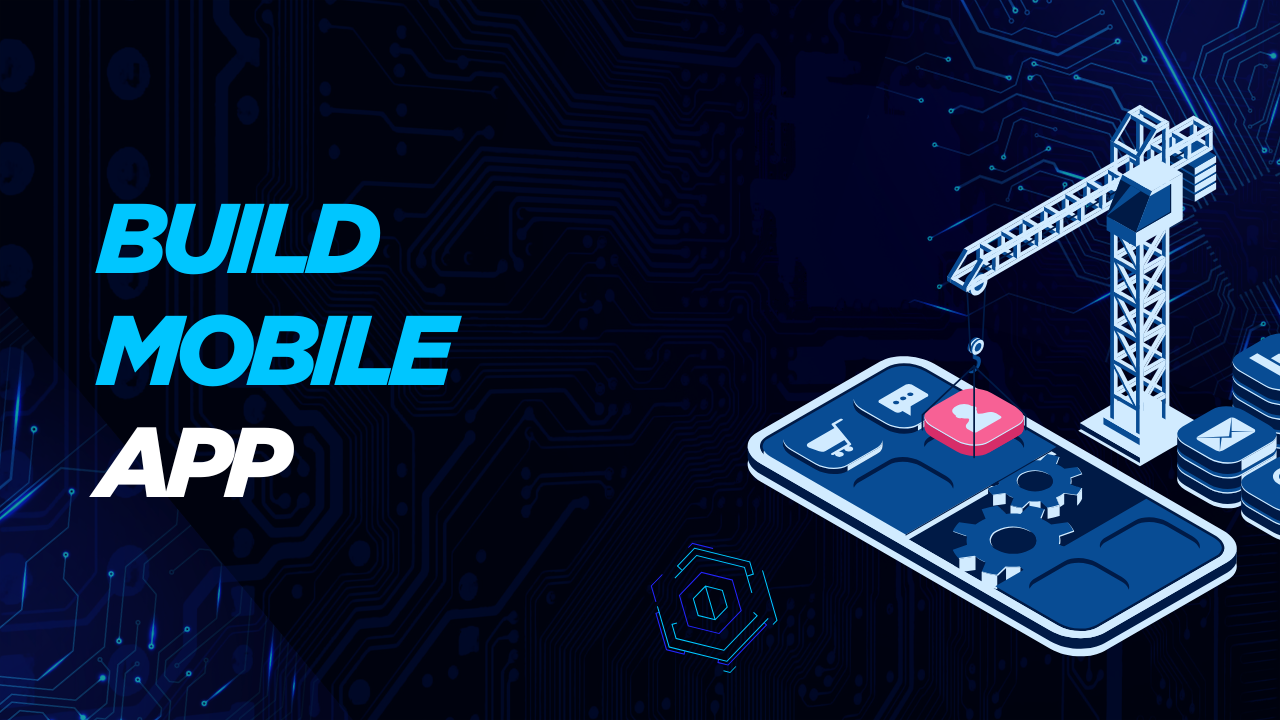How to Build a Mobile App Landing Page That Converts in 2025
A high-converting mobile app landing page is essential to attract users, boost downloads, and increase revenue. In this guide, you’ll learn how to build a responsive, SEO-friendly, and monetizable landing page using HTML, CSS, and JavaScript.
Why a Landing Page Matters
- First Impression: A clean design attracts users instantly.
- Boost Conversions: Clear call-to-action (CTA) encourages downloads.
- SEO Benefits: Proper optimization drives organic traffic.
- Monetization: Display ads or affiliate offers effectively.
Step 1: Plan Your Landing Page
- Highlight app features, screenshots, and benefits
- Plan CTA buttons (Download, Learn More)
- Include social proof: reviews, ratings, testimonials
- Decide on sections: Hero, Features, Screenshots, Testimonials, Footer
Step 2: Build the HTML Structure
<!DOCTYPE html>
<html lang="en">
<head>
<meta charset="UTF-8">
<meta name="viewport" content="width=device-width, initial-scale=1.0">
<title>My App Landing Page</title>
<link rel="stylesheet" href="style.css">
</head>
<body>
<header class="hero">
<h1>My Awesome App</h1>
<p>Boost your productivity and manage tasks efficiently</p>
<a href="#" class="cta-btn">Download Now</a>
</header>
<section class="features">
<h2>Features</h2>
<ul>
<li>Easy-to-use interface</li>
<li>Custom notifications</li>
<li>Offline mode</li>
</ul>
</section>
<section class="screenshots">
<h2>Screenshots</h2>
<!-- Add screenshots here -->
</section>
<section class="testimonials">
<h2>What Users Say</h2>
<p>"This app changed the way I organize tasks!" – User A</p>
</section>
<footer>
<p>© 2025 My App. All rights reserved.</p>
</footer>
<script src="script.js"></script>
</body>
</html>
Step 3: Style the Landing Page with CSS
body {
font-family: Arial, sans-serif;
margin: 0;
padding: 0;
}
.hero {
background: #4CAF50;
color: #fff;
padding: 50px 20px;
text-align: center;
}
.cta-btn {
background: #fff;
color: #4CAF50;
padding: 10px 20px;
text-decoration: none;
border-radius: 5px;
font-weight: bold;
}
.features, .screenshots, .testimonials {
padding: 40px 20px;
text-align: center;
}
footer {
background: #333;
color: #fff;
text-align: center;
padding: 20px;
}
@media (max-width: 768px) {
.hero, .features, .screenshots, .testimonials {
padding: 20px 10px;
}
}
Step 4: Add Interactivity Using JavaScript
const ctaBtn = document.querySelector(".cta-btn");
ctaBtn.addEventListener("click", () => {
alert("Redirecting to app store...");
// Add link to Google Play or App Store
});
Step 5: Optimize for SEO
- Use descriptive meta titles and descriptions
- Add alt text for screenshots
- Use heading hierarchy (H1, H2, H3)
- Optimize page speed and mobile responsiveness
Step 6: Monetize Your Landing Page
- Integrate AdSense ads on footer or sidebar
- Add affiliate links for app tools or related services
- Offer premium app features linked from landing page
- Collect emails for newsletters and promotions
Step 7: Test and Launch
- Test responsiveness on mobile and desktop
- Check all CTA buttons, links, and images
- Ensure page loads quickly and analytics are working
- Publish to hosting platform and promote via social media
Conclusion
Building a mobile app landing page in 2025 is essential for converting visitors into users. With HTML, CSS, and JavaScript, you can create a responsive, SEO-friendly, and monetizable landing page that drives downloads and revenue. Start designing your landing page today and maximize your app’s success!
Tags
Technology

